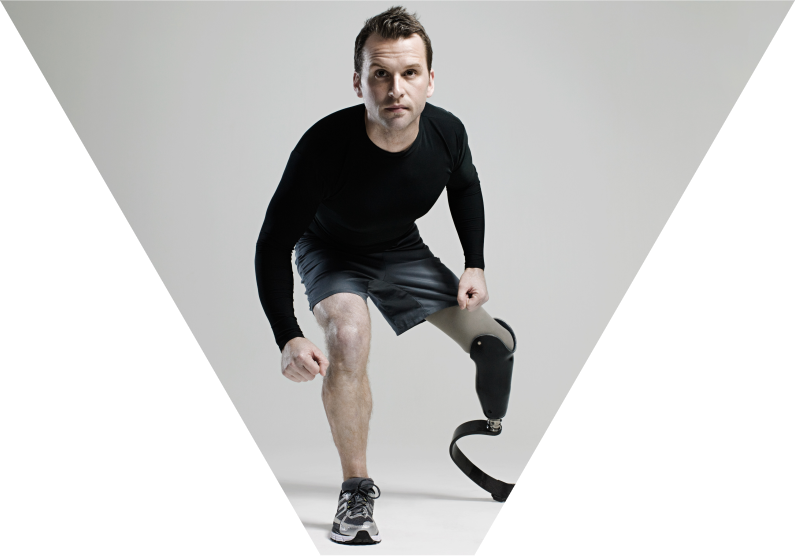


Lower Extremity Pain
Neuroma and phantom limb pain following leg or foot amputation is quite common. Learn more about it.



Upper Extremity Pain
Experiencing neuroma and phantom limb pain following arm or hand amputation? There's a solution.



.png)




